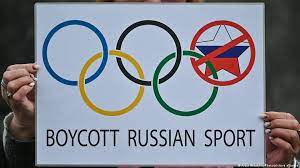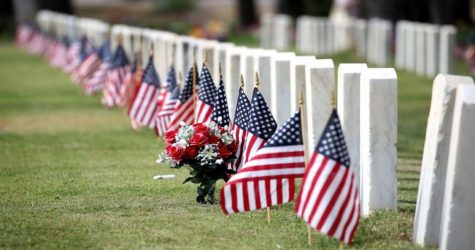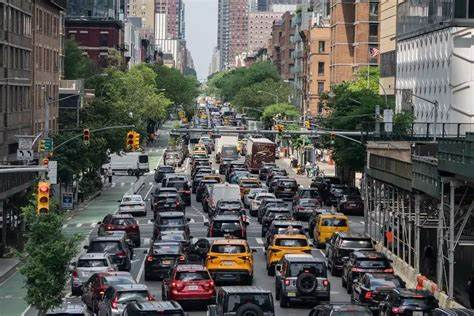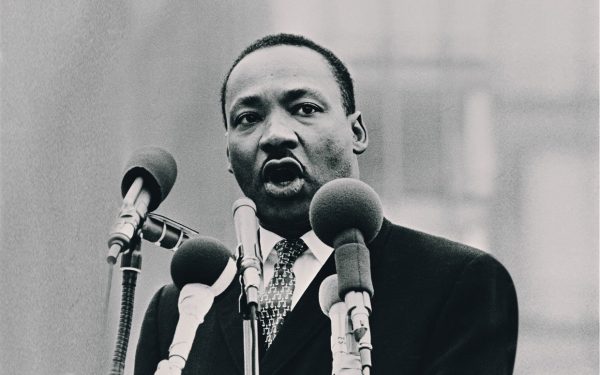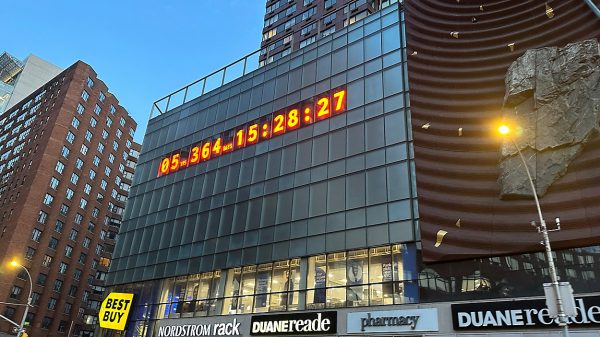Kyle Rittenhouse: Self-Defense on Trial
Judge Bruce Schroeder’s words of advice to the jury was to determine “the reliability of things people say.” After a two-week trial of emotional testimonies and salient media attention with the entire country watching, it took nearly 30 hours for the jury to decide what was factual: self-defense reaps tragic consequences.
When Jacob Blake, an African-American, was shot and paralyzed by a white police officer in Kenosha, Wisconsin, protests and civil unrest broke out. Although meant to advocate for racial equality, these nights have come to be defined by terror and panic with the name Kyle Rittenhouse notoriously attached. Rittenhouse, a 17 year old Illinois native, had been working in Kenosha, and with experience in a police cadet program, believed he could offer assistance to threatened businesses and the injured. The night was even more chaotic and hazardous than could have been imagined, resulting in the 17 year old fatally killing two people and injuring another with a semi-automatic rifle. 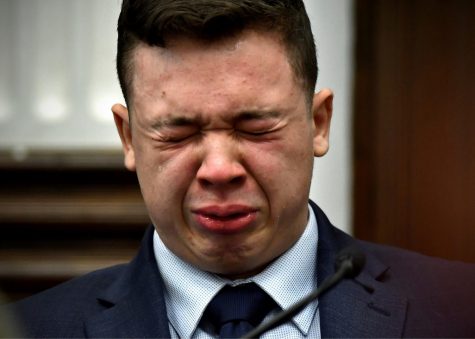
Due to photographs and video footage, it didn’t take long for Rittenhouse to be identified by the entire country, and it didn’t take long for accusations to rise and politically charged sentiments to be added. While Republicans stated Rittenhouse was acting out of self defense, Democrats believed Rittenhouse represented racial injustice in the legal system. Joe Biden, the then Democratic nominee for president, called Rittenhouse a “white supremacist” when images of him in Kenosha surfaced. With over a year of political debate and fiery tension leading up to the trial, this case was bound to be one of the most contentious of the century.
Rittenhouse faced five charges: first-degree reckless homicide, first-degree intentional homicide on two accounts, and first-degree recklessly endangering safety on two accounts. To the prosecution, Rittenhouse was the threat to Kenosha, and his use of the rifle was unreasonable and uncalled for. He was a kid who had no place to police the situation. To the defense, Rittenhouse had commendable intentions, and he did what was necessary to protect himself. If he didn’t, he wouldn’t be alive.
This case revealed the vagueness of self-defense under the law: what one sees as a threat, isn’t a threat to another. If a hundred people were asked how Kyle Rittenhouse should have reacted, there’d be a hundred different answers. Ultimately, the jury unanimously decided that Rittenhouse was innocent—a decision that brought him to the floor in tears. To the jury, it was clear that Rittenhouse truly did believe his life was endangered. This controversial ruling can be tracked down to two aspects of the trial: Rittenhouse’s testimony, and the prosecution’s witnesses.
Kyle Rittenhouse spent one long day on the stand. Through tears and blatant emotional anguish, he tried to show that the fear he felt was authentic. He said that Joseph Rosenbaum, one of the men he fatally shot, was threatening to murder him. He attested that Anthony Huber, the other victim who tragically died, had hit him in the head with a skateboard and was chasing him. With a surplus of photographic and video evidence, his claims could be seen. The prosecution pushed Rittenhouse to admit to a deliberate use of deadly force in an effort to reveal malice intentions, but Rittenhouse repeatedly replied, “The threat was attacking me.”
Where the decision was truly made lies in the prosecution as their witnesses seemed to help Rittenhouse. Gaige Grosskreutz, the injured victim, admitted that he was only shot after pointing his own gun at Rittenhouse. Richie McGinnis, a man who was present when Rosenbaum and Huber were killed, verified Rittenhouse’s statement that he was threatened, revealing Rosenbaum had run towards Rittenhouse and reached for his gun.
This trial should have been about self-defense: if there was real danger that night in Kenosha, if the fear Rittenhouse felt was real, and if his reaction was a realistic response. To the jury and the courtroom it was, but forever tied to Rittenhouse in the history books is the Black Lives Matter movement, political division and the immense angst and confrontation that has been plaguing the nation for the past few years. The debate over Kyle Rittenhouse’s innocence, and what he does or doesn’t stand for is far from over.
In an interview with Tucker Carlson, Kyle Rittenhouse sought to take control of his narrative. He wanted to reiterate that he does believe in the Black Lives Matter movement, had aimed to help, and shot his gun because he thought it was the only way to save himself.
“It shouldn’t have been a political case,” Rittenhouse said. “It was made a political case. This had nothing to do with race.”


